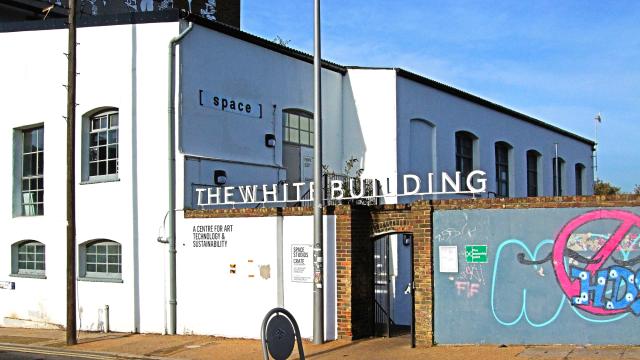You wouldn’t head outside on a scorching hot summer day in dark clothing; lighter coloured garments help reflect the sun’s heat. That strategy works for buildings too, and thanks to researchers at UCLA, a new formulation for white paint could effectively reflect up to 98% of the sun’s heat, reducing the demands on artificial cooling systems.
As a result of climate change, the world is going to get even warmer moving forward, which will place a greater demand on climate control systems that are power-hungry and expensive to operate. To help reduce that demand, researchers from the UCLA Samueli School of Engineering and Columbia University’s Department of Applied Physics and Applied Mathematics have come up with a new recipe for white paint that’s even more effective at shielding a building from the sun.
White objects appear white because they reflect all of the light across the visible colour spectrum, where as coloured objects only reflect specific wavelengths, absorbing the rest. It’s why wearing a white shirt on a hot day can help you feel cooler, but the effectiveness of a surface’s ability to reflect light and heat is also dependent on what it’s made from. White paint, by comparison, can not only reflect most of the visible light spectrum, but invisible infrared light as well, which would otherwise significantly contribute to heat being absorbed.
Chemists have already created white paints specifically engineered to reflect as much of the sun’s rays as possible. Using added ingredients like titanium oxide, which are highly effective at reflecting visible and near-infrared light, these paints boast solar reflectance of nearly 85% of solar radiation. They are often used to paint the roofs of buildings in parts of the world where temperatures get hot enough to require cooling systems like air conditioning.
The new formulation from UCLA replaces titanium oxide — which still absorbs violet and ultraviolet light — with barite, a crystal that has many applications including use as a white pigment for tinting fabrics and paper, as well as polytetrafluoroethylene, a synthetic fluoropolymer more commonly known by the name that’s used to market it to home chefs: Teflon. The same slippery material that makes cleaning pots and pans a breeze has also been shown to boost a white paint’s solar reflectance to nearly 98%.
It likely won’t take long for reflective paints using the new ingredients to hit the market, as neither are exotic materials, and the new recipe can be easily reproduced using the same manufacturing and production techniques and equipment already in use today. And considering the importance of energy-efficient building materials to help us withstand the effects of climate change, they won’t come a moment too soon.
